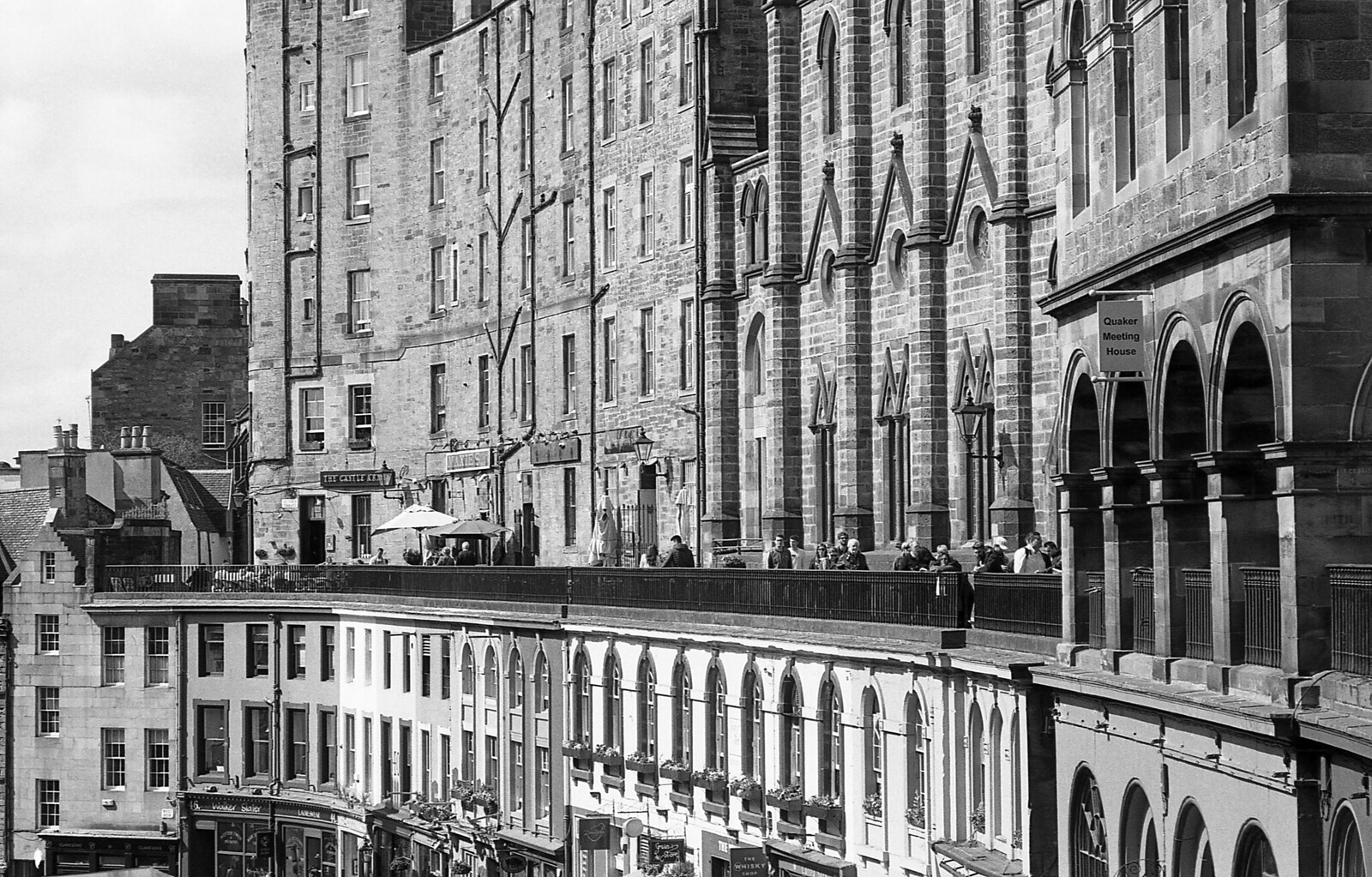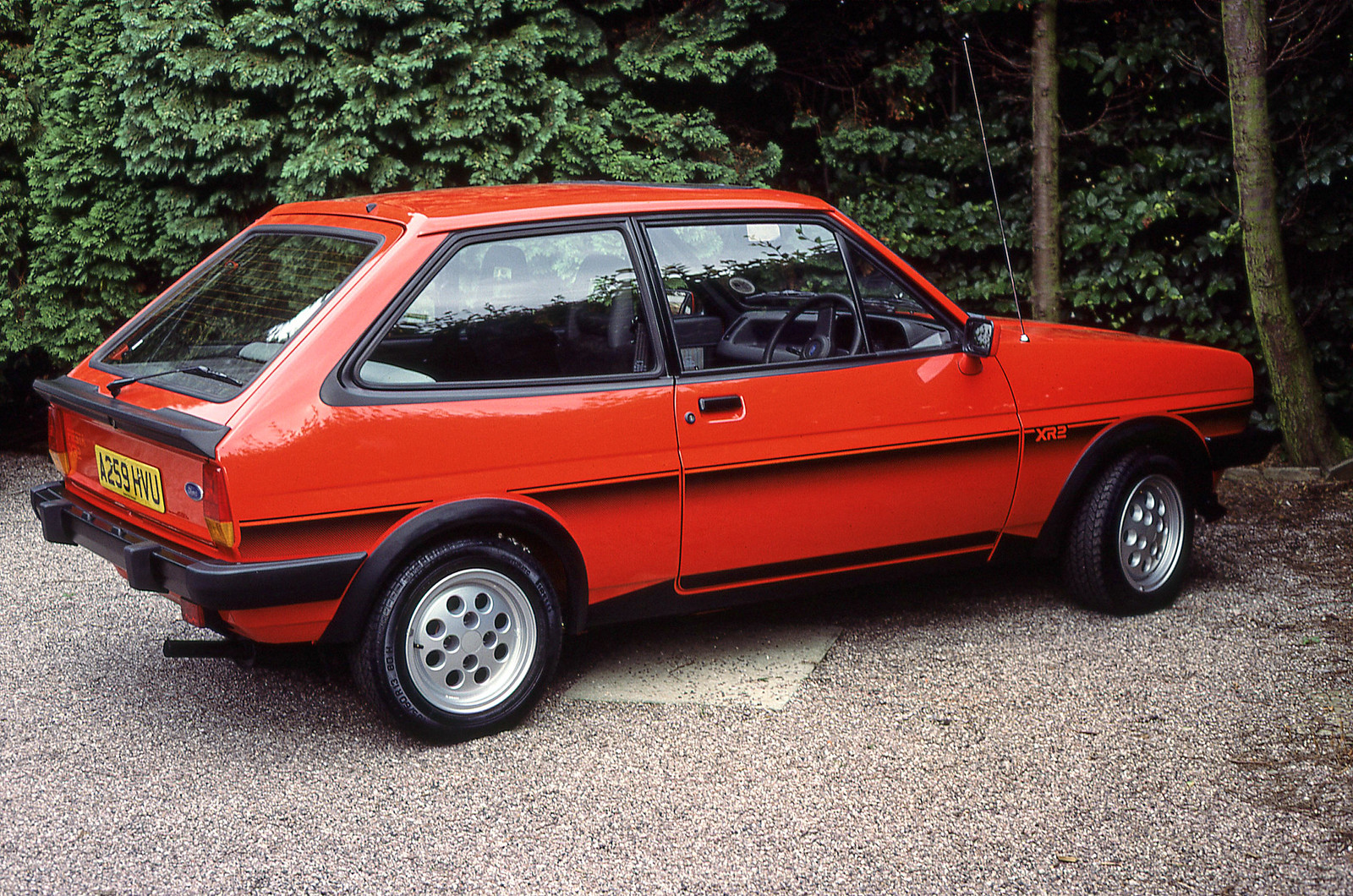- Messages
- 149
- Name
- Stephen
- Edit My Images
- No
Hi all,
Normally a poster in the Sony Megathread and Sports Forum, so hope I'm welcome here. My girlfriend gifted to me a Canon F1 a few years ago, it wasn't in the best of shape but I got it refurbished and it's in perfect mechanical order now. The issue is though the output to my eye is complete rubbish. I'm very used to shooting manual and manually focusing etc (I use some old glass on my new cameras) so I really don't believe its user error. I've upload two shots from the latest roll of Kodak Ultramax which I had developed and scanned on a Canon 9000F. I haven't edited these shots except for the last one. Surely the camera should be outputting better quality? They were shot using a Canon FD 35-105 3.5. I've put the glass on my Sony A7Riii and it seems fine.
I made sure exposure was correct using the built-in meter etc. I love shooting film but it is massively disheartening to get results like this.
Happy to buy another body, probably have less than 1k to spend so not sure where to start.


Normally a poster in the Sony Megathread and Sports Forum, so hope I'm welcome here. My girlfriend gifted to me a Canon F1 a few years ago, it wasn't in the best of shape but I got it refurbished and it's in perfect mechanical order now. The issue is though the output to my eye is complete rubbish. I'm very used to shooting manual and manually focusing etc (I use some old glass on my new cameras) so I really don't believe its user error. I've upload two shots from the latest roll of Kodak Ultramax which I had developed and scanned on a Canon 9000F. I haven't edited these shots except for the last one. Surely the camera should be outputting better quality? They were shot using a Canon FD 35-105 3.5. I've put the glass on my Sony A7Riii and it seems fine.
I made sure exposure was correct using the built-in meter etc. I love shooting film but it is massively disheartening to get results like this.
Happy to buy another body, probably have less than 1k to spend so not sure where to start.






 . Have actually ordered a replacement battery so will try that when it arrives. The one that was in it died not too long after I shot this roll.
. Have actually ordered a replacement battery so will try that when it arrives. The one that was in it died not too long after I shot this roll.







 Victoria Terrace above West Bow
Victoria Terrace above West Bow Verbier
Verbier

